Galaxies surged in size during early universe growth phase
Thursday, 24 April 2025 13:03 A new astronomical survey led by the University of Kansas using the James Webb Space Telescope (JWST) has delivered fresh insight into galaxy evolution during the universe's peak star-forming era known as "cosmic noon," which occurred roughly 2 to 3 billion years after the Big Bang.
The MIRI EGS Galaxy and AGN (MEGA) survey reveals that half of all the stars in today's galaxies were born d
A new astronomical survey led by the University of Kansas using the James Webb Space Telescope (JWST) has delivered fresh insight into galaxy evolution during the universe's peak star-forming era known as "cosmic noon," which occurred roughly 2 to 3 billion years after the Big Bang.
The MIRI EGS Galaxy and AGN (MEGA) survey reveals that half of all the stars in today's galaxies were born d Shockwave mapping reveals hidden plasma structures near Earth
Thursday, 24 April 2025 13:03 A team of Australian scientists has harnessed the flickering of a nearby pulsar to map invisible plasma structures within our local galactic neighborhood, offering unprecedented insight into the turbulent medium between stars. This achievement, made using the MeerKAT radio telescope, illuminates the plasma dynamics inside a rare bow shock structure and redefines our understanding of the Local Bu
A team of Australian scientists has harnessed the flickering of a nearby pulsar to map invisible plasma structures within our local galactic neighborhood, offering unprecedented insight into the turbulent medium between stars. This achievement, made using the MeerKAT radio telescope, illuminates the plasma dynamics inside a rare bow shock structure and redefines our understanding of the Local Bu Redwire boosts space-based pharma tech with new crystallizer and gold nanoparticle test
Thursday, 24 April 2025 13:03 Redwire Corporation (NYSE: RDW), a prominent force in space infrastructure innovation, has expanded its pharmaceutical research efforts in orbit with the deployment of new crystallization technology and a groundbreaking cancer-detection experiment aboard the International Space Station (ISS).
Building on the success of its PIL-BOX platform, Redwire has introduced a high-volume Industrial C
Redwire Corporation (NYSE: RDW), a prominent force in space infrastructure innovation, has expanded its pharmaceutical research efforts in orbit with the deployment of new crystallization technology and a groundbreaking cancer-detection experiment aboard the International Space Station (ISS).
Building on the success of its PIL-BOX platform, Redwire has introduced a high-volume Industrial C NASA's PUNCH Mission Captures First Images of Sun, Space
Thursday, 24 April 2025 13:03 NASA's PUNCH (Polarimeter to Unify the Corona and Heliosphere) mission successfully completed spacecraft commissioning this week, opening its instrument doors to capture "first light," the mission's first images of the Sun's outer atmosphere and the surrounding space. This is the first step in revealing new details of how the solar atmosphere unfolds and streams through the solar system. Now, mi
NASA's PUNCH (Polarimeter to Unify the Corona and Heliosphere) mission successfully completed spacecraft commissioning this week, opening its instrument doors to capture "first light," the mission's first images of the Sun's outer atmosphere and the surrounding space. This is the first step in revealing new details of how the solar atmosphere unfolds and streams through the solar system. Now, mi ELVIS imaging tech heads to space to advance life detection
Thursday, 24 April 2025 13:03 A cutting-edge holographic imaging device named ELVIS is now aboard the International Space Station, poised to transform the study of life in space. Officially known as the Extant Life Volumetric Imaging System, ELVIS is designed to deliver advanced three-dimensional views of microorganisms and cells, providing critical insights into how life endures in the harsh conditions beyond Earth.
D
A cutting-edge holographic imaging device named ELVIS is now aboard the International Space Station, poised to transform the study of life in space. Officially known as the Extant Life Volumetric Imaging System, ELVIS is designed to deliver advanced three-dimensional views of microorganisms and cells, providing critical insights into how life endures in the harsh conditions beyond Earth.
D China unveils new round of space station life science experiments
Thursday, 24 April 2025 13:03 The China Manned Space Agency (CMSA) has announced a new series of life science investigations to be conducted aboard the Tiangong space station during the Shenzhou XX crewed mission. The program includes novel biological studies involving zebra fish, planarians, and the soil bacterium Streptomyces.
For the first time, Chinese researchers will explore how planarians regenerate in space. Kn
The China Manned Space Agency (CMSA) has announced a new series of life science investigations to be conducted aboard the Tiangong space station during the Shenzhou XX crewed mission. The program includes novel biological studies involving zebra fish, planarians, and the soil bacterium Streptomyces.
For the first time, Chinese researchers will explore how planarians regenerate in space. Kn A new space age for forests – but groundwork still matters
Thursday, 24 April 2025 11:35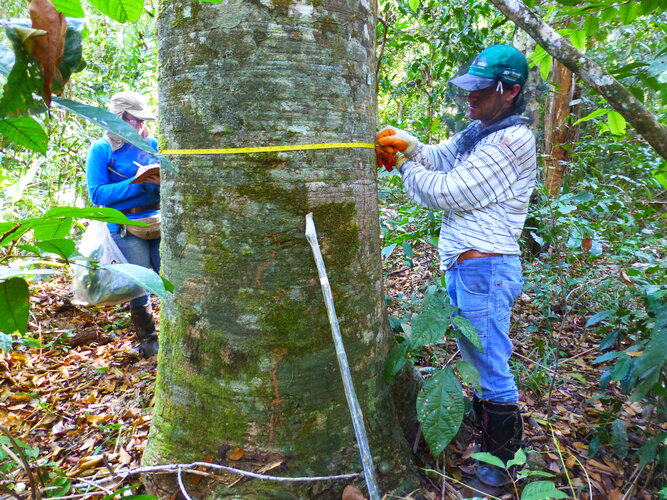
A new era of forest monitoring is quite literally taking off, ushering in what scientists are calling the ‘forest space age’. On April 29, ESA will launch its revolutionary Biomass mission, the first satellite to carry a P-band radar into space – technology that is set to transform how we understand forests and the carbon they store. Along with other space agencies’ instruments already in orbit or soon to be launched, there has never been so many ‘eyes in the sky’ focused on forests.
Yet, the work
Hovering over Europe’s flattest floor with AI
Thursday, 24 April 2025 10:26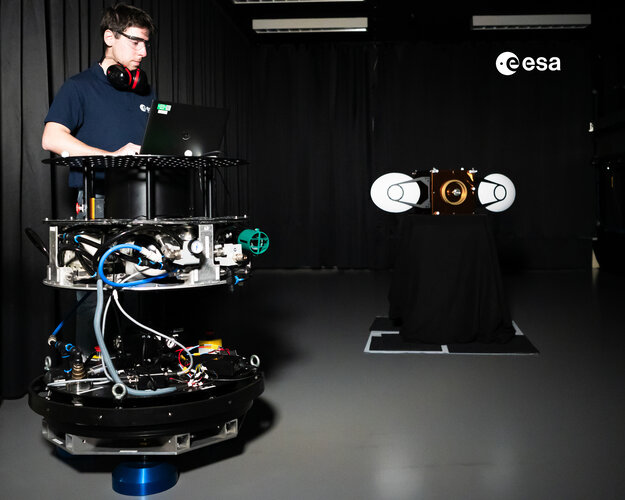 Image:
Hovering over Europe’s flattest floor with AI
Image:
Hovering over Europe’s flattest floor with AI Watch Biomass launch live
Thursday, 24 April 2025 08:50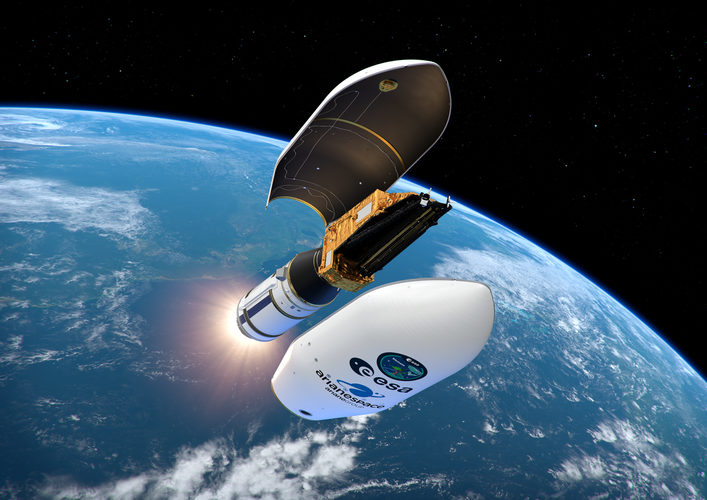
ESA's Biomass mission is on the launch pad at Europe’s Spaceport in Kourou, French Guiana. Don’t miss the live coverage of liftoff on Tuesday 29 April, on ESA WebTV. Coverage will start at 10:55 CEST with commentary live from Kourou and ESA’s European Space Operations Centre in Germany. The Vega-C rocket carrying Biomass is scheduled for liftoff at 11:15.
Solar Orbiter’s widest high-res view of the Sun
Thursday, 24 April 2025 07:00 Image:
Solar Orbiter’s widest high-resolution view of the Sun
Image:
Solar Orbiter’s widest high-resolution view of the Sun Sentinel-1 captures ground shift from Myanmar earthquake
Thursday, 24 April 2025 05:36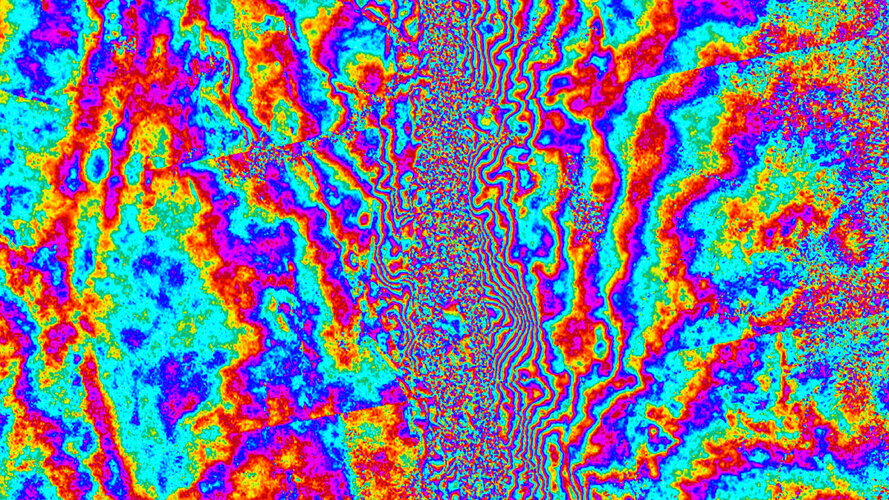
On 28 March 2025, a powerful magnitude 7.7 earthquake struck central Myanmar, sending shockwaves through the region. While the country is still dealing with the devasting aftermath, scientists have used radar images from the Copernicus Sentinel-1 satellites to reveal a detailed picture of how the ground shifted as a result of the quake – offering new insights into the mechanics of the tectonic Sagaing Fault and the scale of the seismic rupture.
Simulations ongoing for Biomass launch
Wednesday, 23 April 2025 13:53 Image:
Simulations ongoing for Biomass launch
Image:
Simulations ongoing for Biomass launch Final preparations for Biomass operations
Wednesday, 23 April 2025 13:38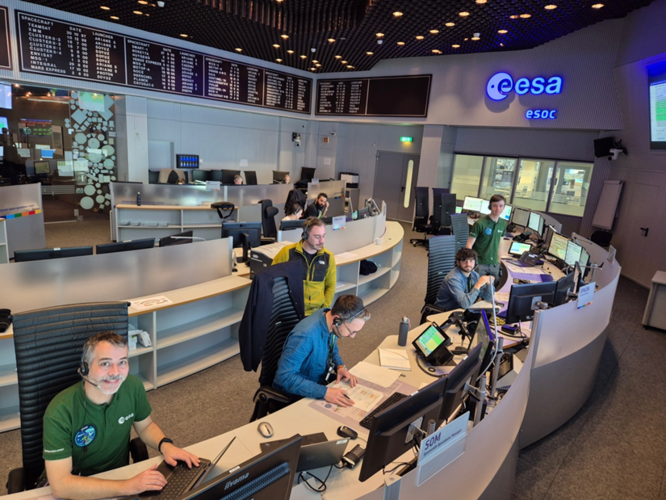
As the launch of the Biomass satellite approaches, the excitement is palpable at ESA’s European Space Operations Centre (ESOC) in Darmstadt, Germany. Over the winter months, a dedicated team has been meticulously preparing for the satellite's critical "Launch and Early Orbit" phase (LEOP).
Hubble celebrates 35th year in orbit
Wednesday, 23 April 2025 13:00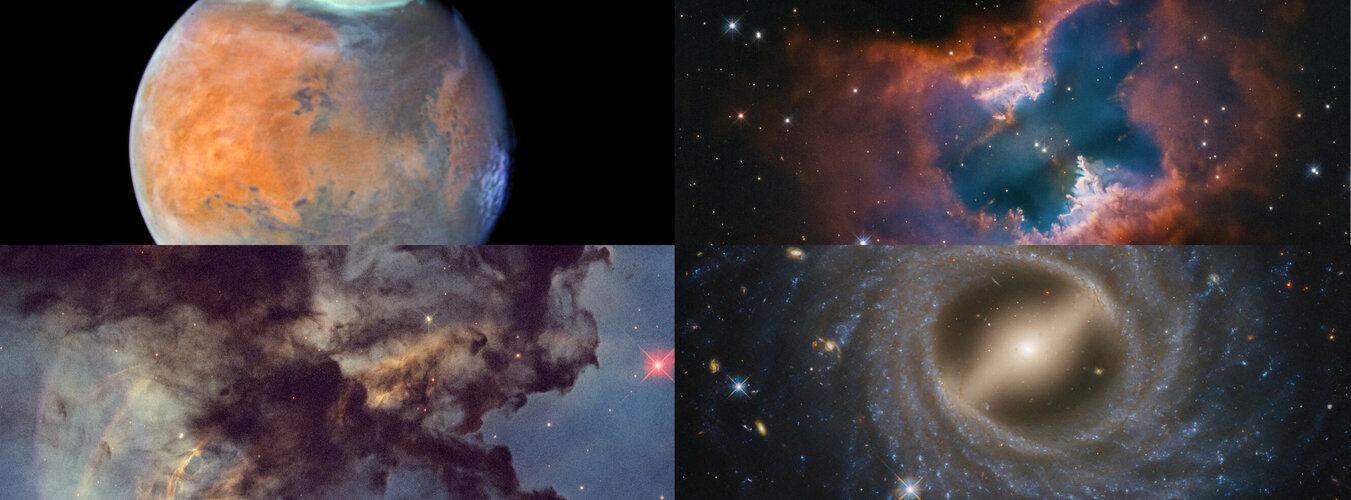
In celebration of the NASA/ESA Hubble Space Telescope’s 35 years in Earth orbit, an assortment of images that were recently taken by Hubble has been released today. This stretches from the planet Mars to images of stellar birth and death, and a magnificent neighbouring galaxy. After over three decades of scrutinising our Universe, Hubble remains a household word as the most well-recognised telescope in scientific history.
Where are all the aliens?: Fermi's Paradox explained
Wednesday, 23 April 2025 10:44 Astronomers raised hopes that humanity might not be alone in the universe by announcing on Thursday they have detected the most promising hints yet of life on a distant planet.
But given the age and vastness of the universe, a different question has long puzzled some scientists: why haven't we already come in contact with aliens?
"Where is everybody?" Enrico Fermi asked fellow famous ph
Astronomers raised hopes that humanity might not be alone in the universe by announcing on Thursday they have detected the most promising hints yet of life on a distant planet.
But given the age and vastness of the universe, a different question has long puzzled some scientists: why haven't we already come in contact with aliens?
"Where is everybody?" Enrico Fermi asked fellow famous ph 
